Banjo Beale’s top tips for salvage hunters
Author: Banjo Beale
glasgowsalvage.co.uk
Known for his love of reclaimed interiors, Banjo shares his advice on how to source unique pieces for your home
Salvage yards are my church. I worship at their altar. In fact, I have bought many an altar, pew and church floor from a salvage yard. One of my absolute favourite activities is rummaging through a reclamation yard. It’s like you’ve stepped back in time into a secret graveyard where all the best bits of the past are vying for their second, third or fourth chance. Once the domain of those in the trade, salvage yards have surged in popularity as everyone with a restoration project relishes the chance to find just the right match for their Arts & Crafts hinges or a piece of old farm machinery for their latest objet d’art.
Reclamation yards and antiques fairs are a great resource for sustainable building materials. The yards present a raft of architectural materials from doors, windows and columns to garden furniture, ironwork, flooring and pig troughs. They also offer a wide variety of lighting fixtures and decorative elements like tiles, plaster relief work and remnant wallpaper. With a little bit of imagination, these finds can be turned into beautiful design moments that are both stylish and sustainable.
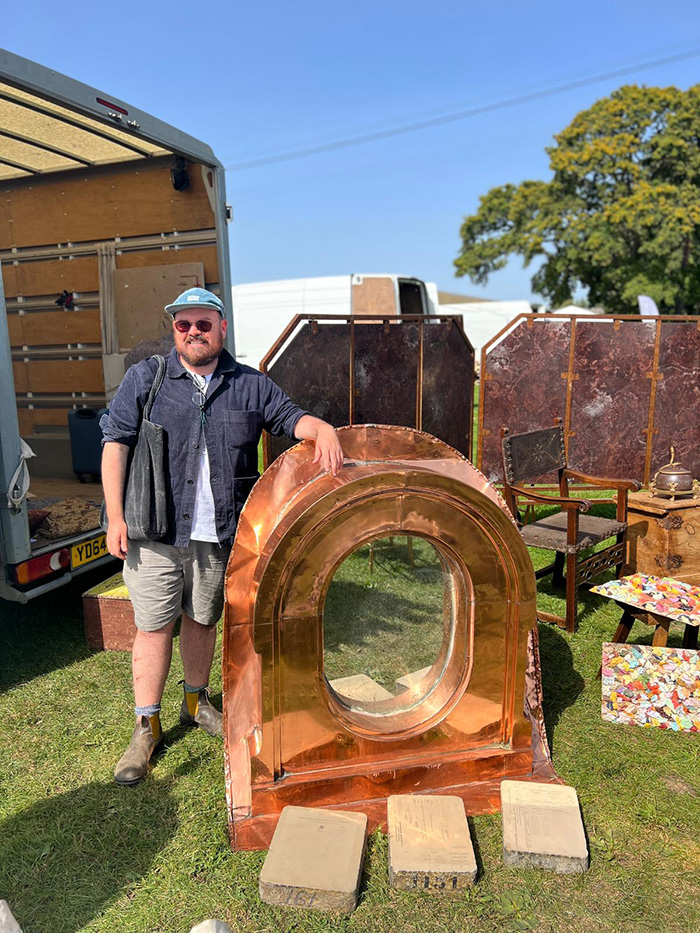
© Shelley Richmond
Reclaimed items are often cheaper than new materials and have the added benefit of being superior quality – however humble their origins might have been – to their modern equivalents, proving our parents right, once and for all, that they don’t make them like they used to.
Salvaged materials give a house an instant aged effect which no amount of distressing can achieve, saving money and giving you unique fixtures and finishes you’re unlikely to see anywhere else.
So for those new to salvage hunting, here’s what I’ve learnt on my quest for unique bargains…
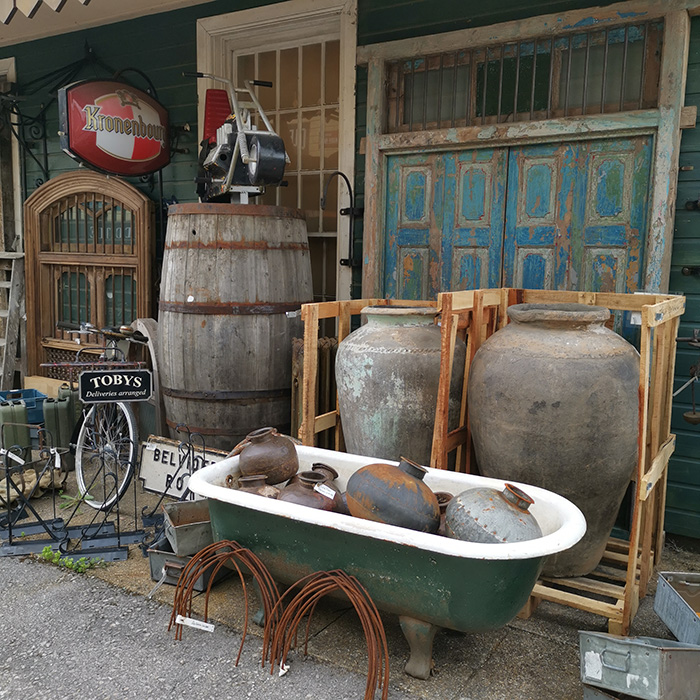
tobysreclamation.com
Seize the moment
Choosing reclaimed is not an exact science. Stock constantly changes and the gem you spotted last weekend might be gone forever by the time you decide you have to have it. Buying reclaimed means you have to be an opportunist, and snap up your finds when you see them.
You’ll find a great number of salvage yards online, but they are one of the last traders to truly embrace the web and that means we’re in luck. Stock turns over so quickly and is often so niche and varied, that traders don’t bother listing items. A salvage-yard owner knows someone will turn up and buy it. It means we have to dig a little deeper and drive a little further, but nothing beats a real-life rummage in a salvage yard and the thrill of finding that missing piece of your restoration puzzle.
Salvo Web is a great resource for around the world, listing some items and mapping out yards from Sydney to Surrey and everywhere in between.
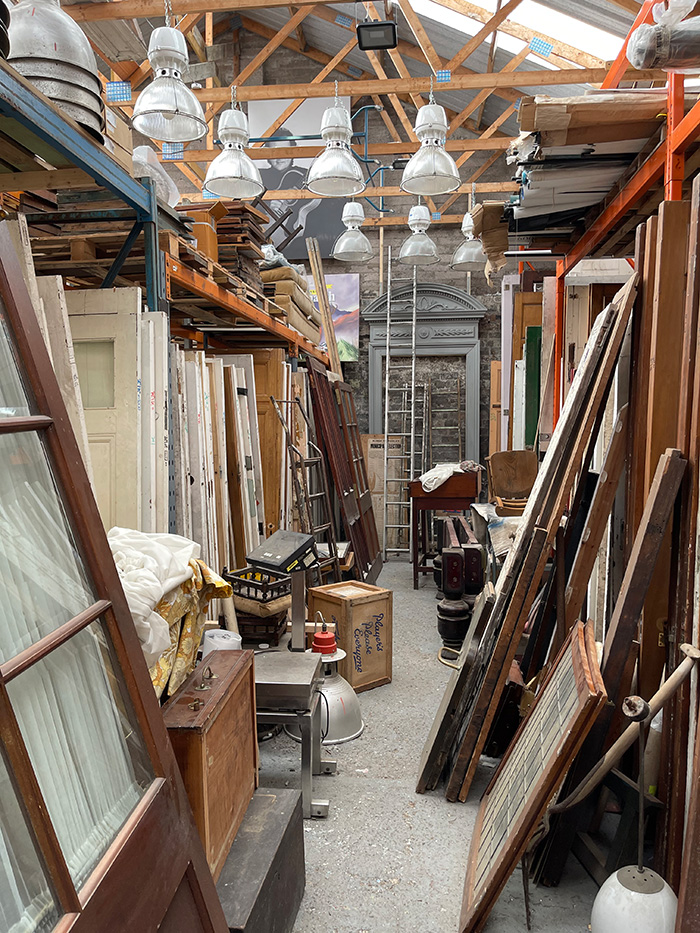
glasgowsalvage.co.uk
Be practical
It’s good to include salvaged goods early on in the design process as recycled materials don’t come in a standard shape or size. The building has to adapt to fit the salvage, and what may have passed 100 years ago may not impress today’s building inspector. I keep a list of all the measurements I need, for whatever project I’m working on, on my phone. Just in case I stumble on that perfect piece. Oversize pieces can overwhelm a room, and while buying a Victorian roll-top might seem like a romantic idea, you have to check the weight of the tub with the water and then, of course, yourself. Not to mention, will you have enough hot water to fill it?
Salvage yards often solve problems, presenting affordable solutions. They also create expensive alterations and sometimes it takes more labour to bring an item up to scratch. So be sure of the practicalities before you buy.
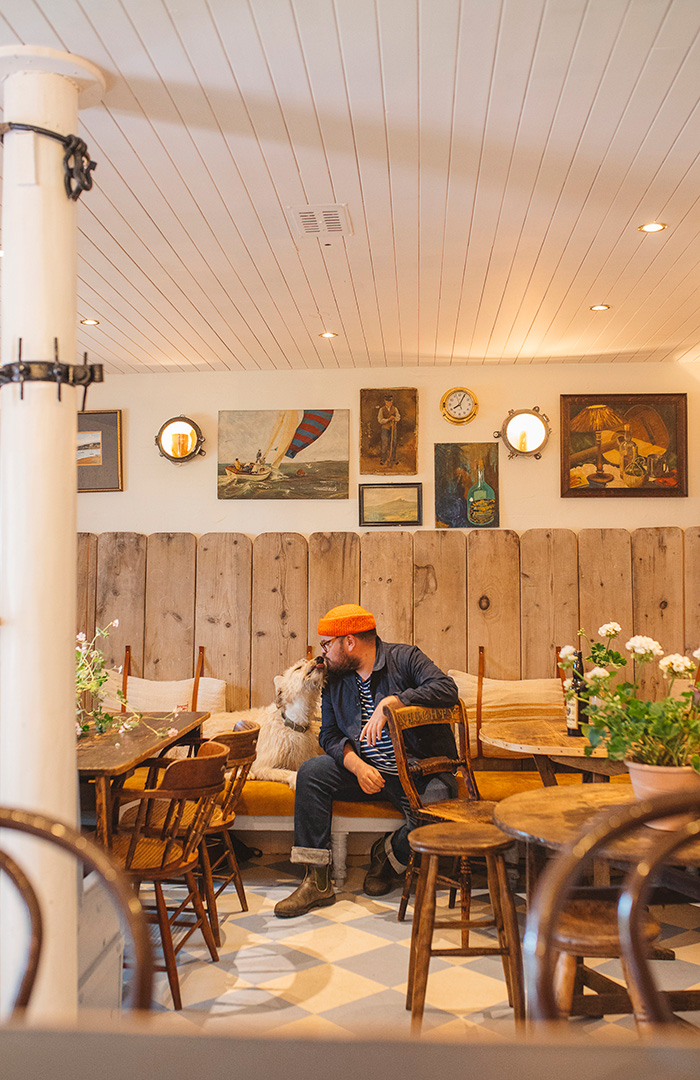
© Shelley Richmond
How to spot a bargain
Salvage yards often present battered, bruised and blushed pieces that add to their charm, but sometimes these blemishes are irreversible – so know your materials. You may think you’re getting a piece of marble for a steal, but if it has paint on it know that marble is porous and stains are hard to get out.
Also, it’s important to understand the true cost of something. Reclaimed flooring is an affordable and sustainable option but it will cost you time, taking out nails, stripping, buffing and polishing. Fantastic if you plan on doing it yourself, but the real cost per metre skyrockets if you have a professional on the job.
Like antique fairs, salvage yards are ripe for haggling. You won’t often see any prices listed and sometimes it’s about figuring out what it’s worth to you. Chances of finding that exact piece down the road, for a better price, is slim to none and the bloke behind the counter knows it. So play it cool, do your homework and know what you want.
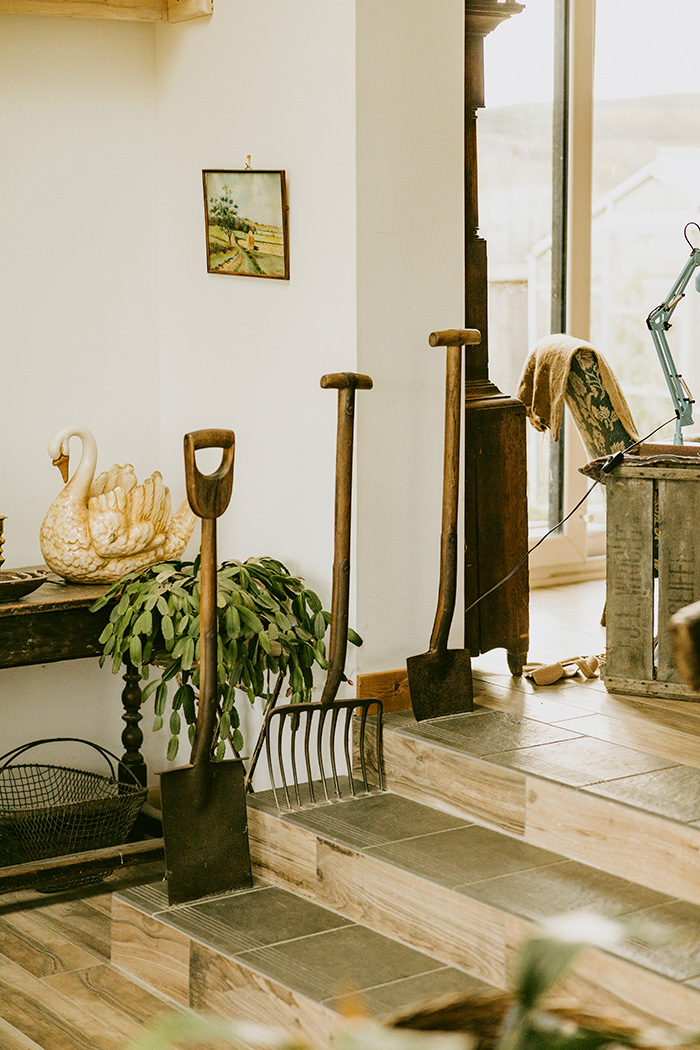
© Alexander Baxter
Get to know those in the know
Build a relationship with the salvage-yard owner and let them know what projects and materials you are on the hunt for. These folk have their ear to the ground and they know which grand church, mid-century office block or stately home is about to be gutted and they’ll first be in line to back their lorry up to it and fill it with treasure (and junk) for you.
Better still, cut out the middleman and make friends with builders, plumbers and electricians. If a building you know and love, or one you drive past and swoon over, is getting renovated or demolished, pop on a hard hat and drop in. If you’re in the market for copper water tanks ask your plumber, or if you’re looking for reclaimed flooring call up your builder, and start your own little black book of salvage hunters.
Before you go...
...fancy automatic entry to all future competitions?
Simply register online today for FREE and you will get:
Automatic entry to all current and future competitions.
Access to Reclaim Inspiration - an online visual pinboard for saving all your home and style inspiration.
A regular newsletter of inspiration, ideas and advice.

Save all your articles in one place
Become a Reclaim Member to save all your home and style inspiration. Simply login or register online today for FREE and you will get:
Automatic entry to all current and future competitions.
Access to Reclaim Inspiration - an online visual pinboard for saving all your home and style inspiration.
A regular newsletter of inspiration, ideas and advice.








